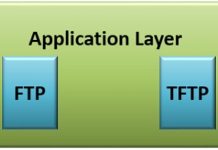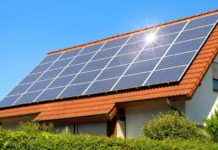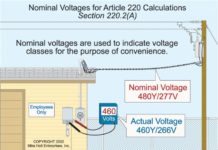What is Creepage and Clearance Distance of Insulator?
In high voltage
[wp_ad_camp_2]transmission line, the leakage current is caused by atmospheric condition such as dirt, pollution, salt and particularly rain water. Finally, these weather condition leads to flashover of the high voltage insulator. So decrease the leakage current this the surface is molded into a series of corrugations or concentric disc shapes. These usually include one or more sheds; downward facing cup-shaped surfaces that act as umbrellas to ensure that the part of the surface leakage path under the ‘cup’ stays dry in wet weather.
What is creepage:
The distance measure of along the surface of the solid insulating material is called creepage distance. The creepage distance is depending upon the weather condition. Minimum creepage distance are 16-25 mm/kV. For high pollution area, these value must be increased.
| S No. | Degree of Pollution | Recommended Creepage Distance for Insulators |
| 1 | Clean areas | 16 mm/kV |
| 2 | Moderately polluted areas | 20 mm/kV |
| 3 | Industrial areas | 22 mm/kV |
| 4 | Heavily polluted areas | 25 mm/kV + |
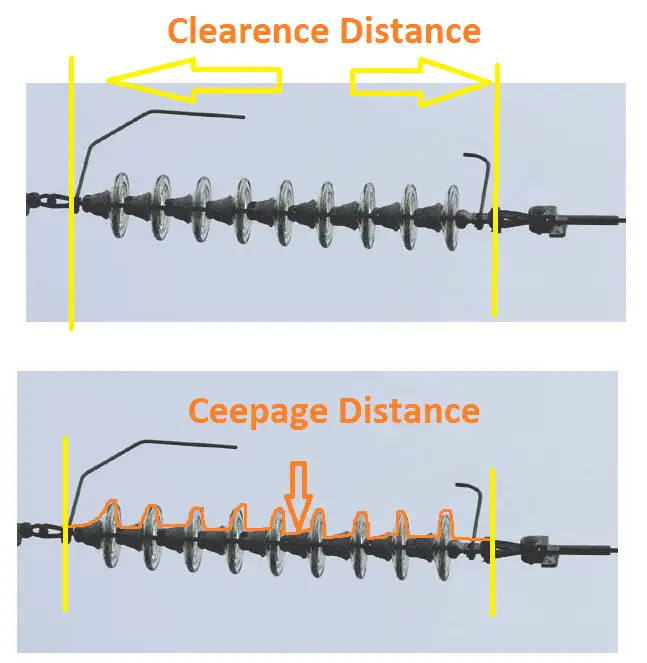
What is clearance:
Distance between two terminal of the high voltage insulator is called clearance distance. Clearance shall be dimensioned to withstand the required impulse withstand voltage, in accordance to table “Clearances to withstand transient overvoltages”.
[wp_ad_camp_2]
Ref: https://en.wikipedia.org/wiki/Insulator_(electricity)
Also see:
- What is The Purpose Of Stockbridge Damper In Transmission Line
- What is Potential Gradient in Electrical, Use of Potential Gradient Calculation
- What is Power Factor & Power Triangle
- Why Does Bird Not Get Shock on Transmission lines?
- Why Earthing Transformer are used
- Why in India 11kV, 22kV, 33kV, 66kV, 132kV…
- Why India has 50 Hz Power System and US has 60 Hz 110 Volts Power System
- Why Zig-Zag Winding Transformer Used


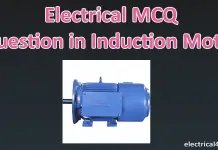
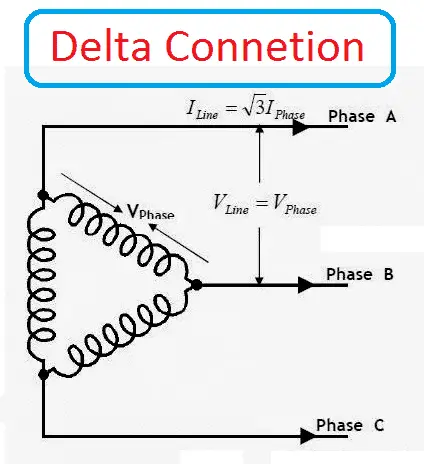
![Why Synchronous Motor is Not Self Starting [Simple Explanation]](https://www.electrical4u.net/wp-content/uploads/2020/06/Synchronous-motor-is-not-self-starting-218x150.png)



